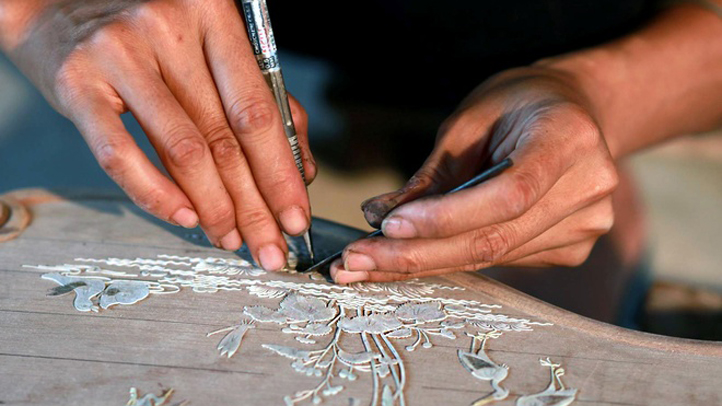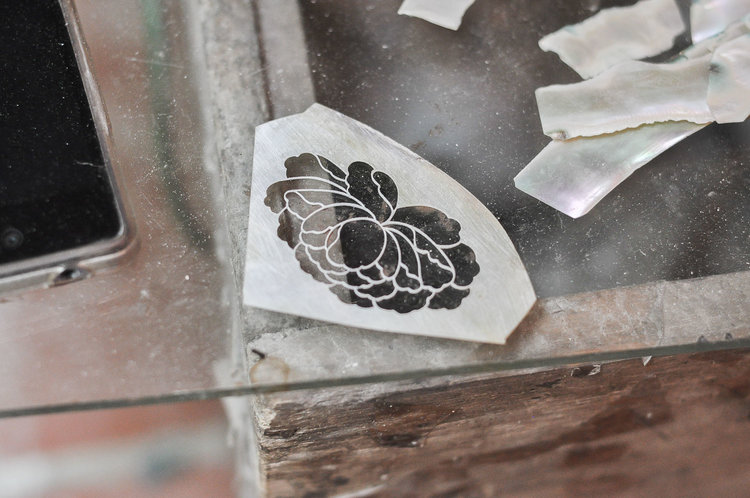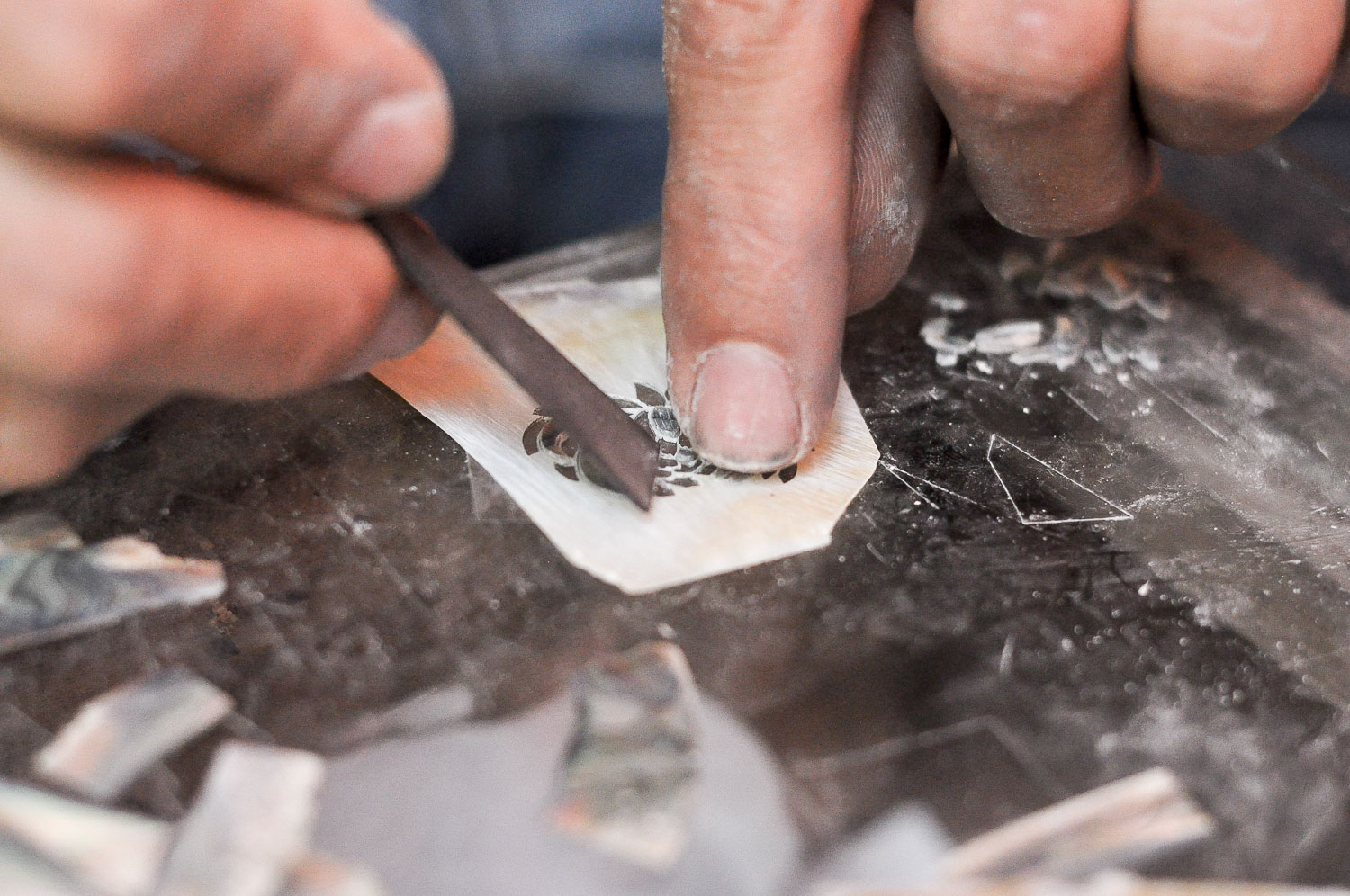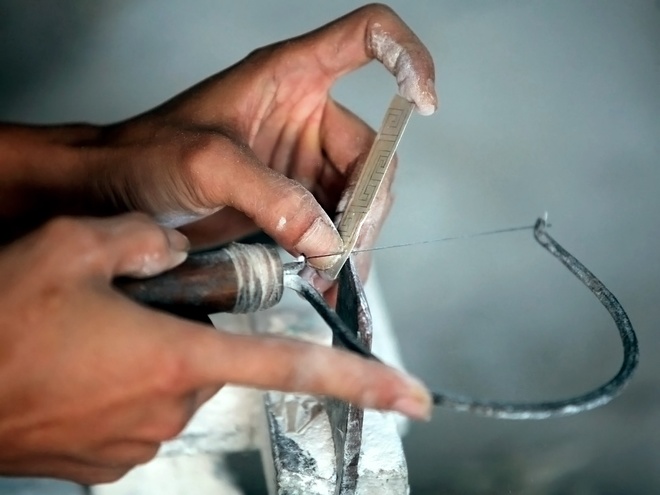Cost: 100 USD
Duration: 01 day
Chuon Ngo village is in Chuyen My commune, Phu Xuyen district, 40 Kms from the South of Ha Noi City centre. According to the village legend, the shell inlaying profession started during the Ly dynasty. The Grand Master was Truong Cong Thanh who was a student at the National University and later a general under Ly Thuong Kiet. After victory in the war against Chinese invaders, he became a monk and traveled throughout the country, resulting in his learning the shell inlaying profession and handing it over to the young people in his village. The old men recall that in the past this profession had its ups and downs. The villagers could not rely totally on shell inlaying, forcing them to head down to the South for a better living. The village was left in almost object poverty. But the village survived and changed substantially. It has remained busy receiving people from all over (i) interested in learning the profession, or (ii) providing the answer to a manpower shortage resulting from orders that go beyond the normal capacity of the village. Those who left the village have come back to invest or work. The wealth of the village has spread to other villages, resulting in 7 villages of the commune becoming prosperous enough to be classified as rich.
The products, thanks to the skills and intelligence of the crafts people, have taken a big leap, now not limited to its former niche of mere decorative furniture for royal palaces or officers’ families. Now there are thousands of shell inlaid products in a wide range of types and sizes, from altar pieces to eye-catching furniture and souvenir plates, boxes, vases, chessboard, cupboards, pictures, beds, etc. with themes of Chinese origins. In addition, the village also fulfills orders based on market demand for pipes, cane handles, specific souvenirs, etc. The products originating from Chuon Ngo village are not only selling well in local markets but have also found popularity in Japan, the USA, Taiwan, the UK and the Netherlands. In 2001, together with 5 craft villages in the commune, Chuon Ngo was recognized by the People’s Committee as a traditional shell inlaying village.
The profession of shell inlaying associated with Chuon Ngo is highly specialized. The craftsmen of Chuon Ngo know how to select the materials, mainly the shells of pearls and snails having nice colors that are collected from different places for varying purposes. Some materials must be imported from countries such as Japan, Singapore and China. The wood used in the shell inlaying process must be strong, fine and pinkish to provide a contrast with the shell inlaid decorations and a pleasant effect. This profession requires high skills, focus and creativity. Shell inlaying is the final stage of the process. Pieces of well-shaped shells are inlaid on the products and then polished and highlighted in detail. For lacquerware, the process is associated with more stages and techniques to ensure the quality and color of the wood and inlaid shell.
Far from a mere farm village with limited cultivable land, Chuon Ngo village and Chuyen My commune have become quite prosperous. Eighty percent of the 8,700 people in the commune have stable annual incomes of VND 5 million/person derived from the shell inlaying profession; 60% of the families are classified as prosperous, 38% middle class and 2% poor. All these benefits come from the people having developed the traditional craft profession.






